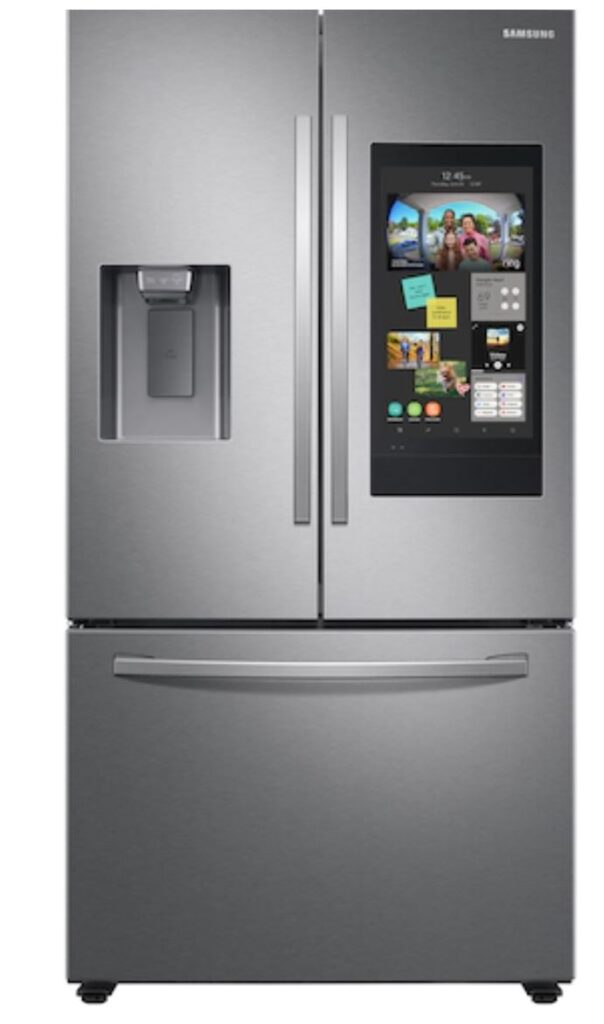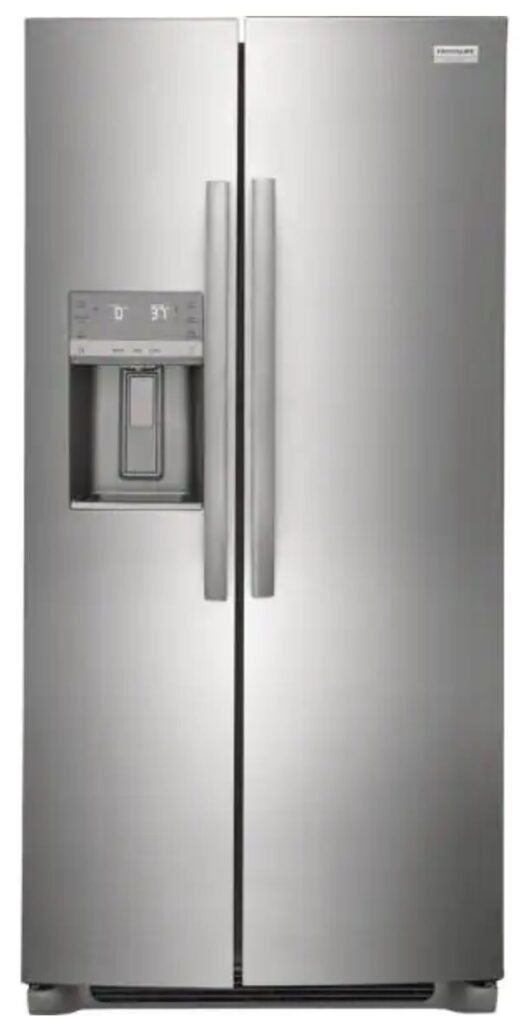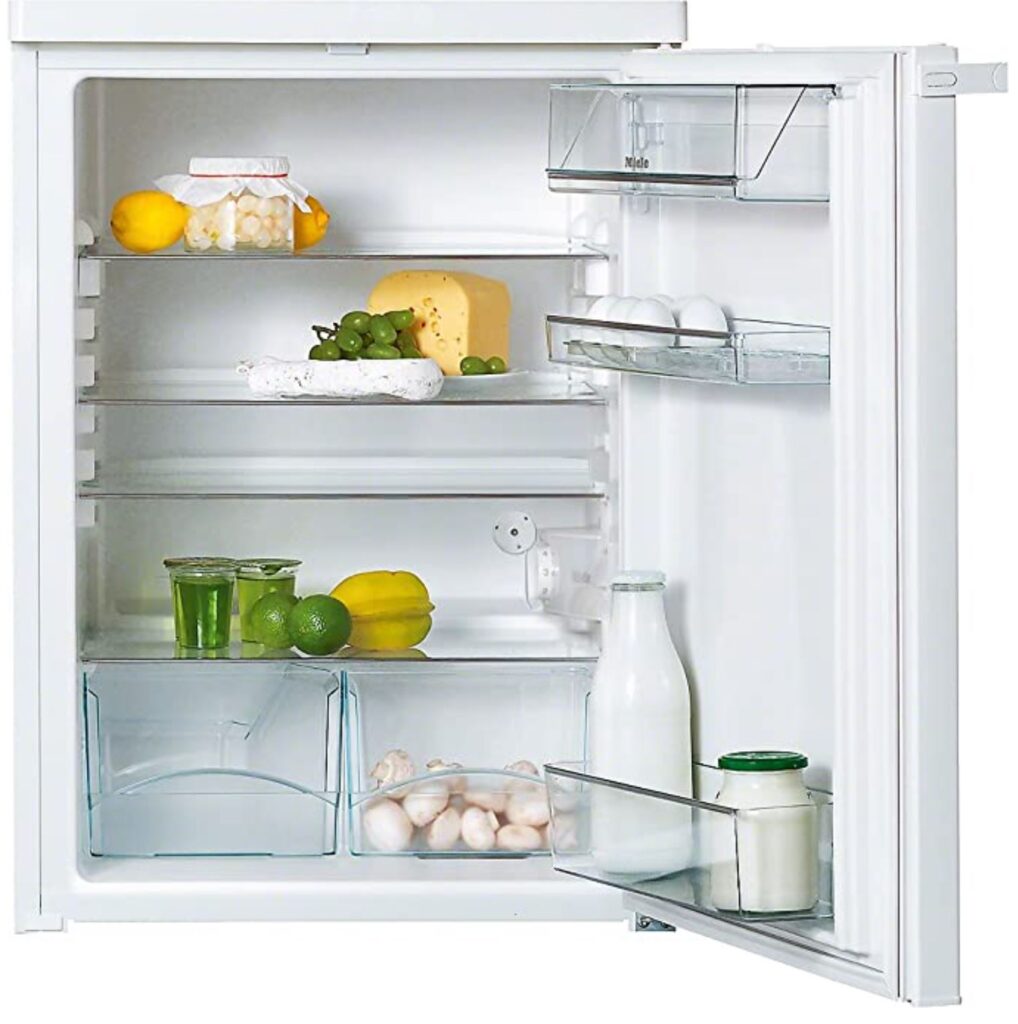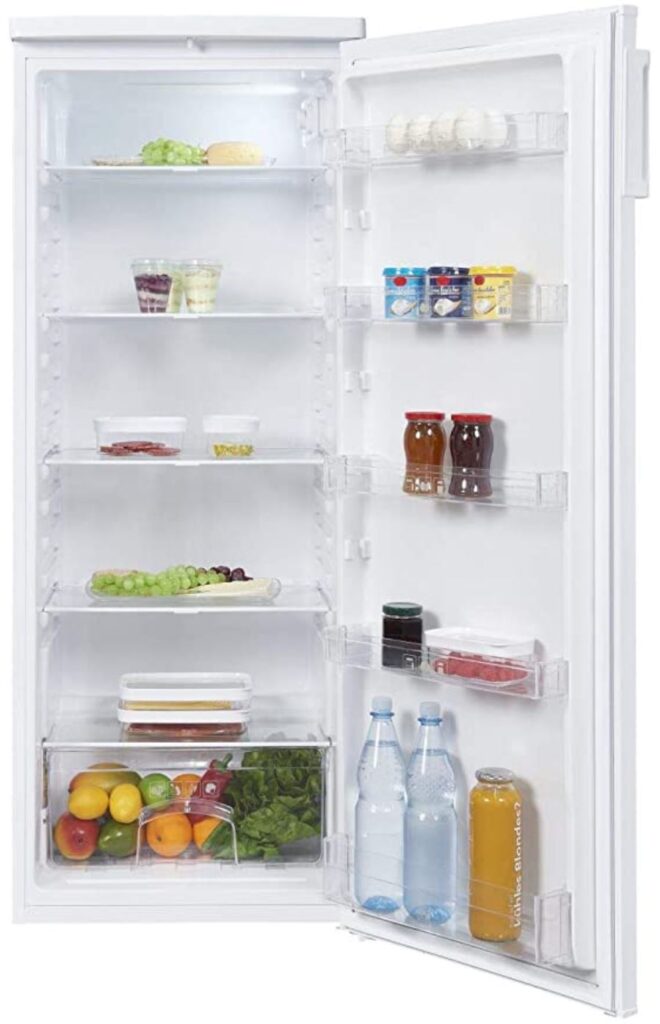by Nancy E, Lifestyle Blogger
As someone who has traveled to over 34 countries as of 2021, I have seen my fair share of refrigerators around the world. I would say I spent most of my time in Germany followed by France and England. To say that the space they have in their domestic cooling systems is small in comparison would be an understatement.
In Germany, the average Refrigerator can ‘barely’ store one weeks’ worth of veggies, fruits, dairy, cheese, meats, water, and juice. This may also have a lot to do with the culture in the sense that most Germans do not drink enough water. Or at least the U.S. recommended 3.7 liters (1 gallon). Or it could be the fact that going to the market is a very frequent event that occurs almost daily for the freshest groceries. Did I mention, bread goes bad really quickly? Germany has one of the lowest rates of Obesity so all the frequent trips could be a major contribution to burning calories. Not to mention, shopping carts are not popular so they usually carry their groceries by hand and arms. Excluding the elderly folks 65+ who use a very cute 2-wheel colorful pushcart.
I strongly believe that our luxurious GE, LG, Samsung, and Maytag, etc. French and Side by Side Door styles contribute to our unnecessary desire to eat.
‘As home appliances get bigger, so does your waistline,’ is a statement that has been making rounds all over the internet. But is it true, false, or just a mild exaggeration? Let’s explore if there are some facts behind that statement. To give you a clear picture of what obesity is, here’s a table that shows major differences between when we talk about being overweight or underweight.

Surprisingly the US is statistically not the most obese country in the world, losing its #1 spot and even contending back and forth for the Top 10 spot overall but amongst our allies in the Western World, we are doing poorly in comparison.

Have you had the chance to visit anywhere in Europe yet? If yes, you would probably agree that their kitchen appliances, including freezers and refrigerators, are considerably smaller (by nearly half) than those in the US. Typically, Europeans, especially Germans, buy food that lasts less than 72 hours. I found myself in the market at minimum twice a week to pick up things. In the US, I only go food shopping once a month and freeze store my meats for cooking later. Now let’s compare that to the obesity rate as depicted above. In contrast to America’s statistics, Europe has a lower obesity rate.

Africa is a beautiful continent with unique cultures and adventures. Unfortunately, outside of the major cities of Africa appliances may not be as efficient especially with limited electricity in more rural areas. Therefore, most of the household foods are obtained directly from the farm or closest marketplace.
On top of that, these foods do not last more than 24-48 hours. But when we compare the obesity rate, according to UNICEF, it’s at 25%. That’s relatively low compared to the US and Europe.

Many Asian countries, on the other hand, have extremely low levels of obesity, with countries such as Malaysia leading with a prevalence of 14%. Typically, that’s lower than most countries in this list.

In summary, there’s a clear relationship between the increase in waistline and the sub-zero refrigerator. A big contribution to that may be due to the fact that most Americans use their refrigerator to store prepackaged and highly processed foods containing concentrated fat, sodium, and sugar levels.
More importantly, many Americans proudly flaunt their ability to store a large-sized pizza or even a full-sized sheet cake on their ample fridge shelf. Unfortunately, there’s just not enough conclusive evidence to directly link larger appliances with the current obesity epidemic in the USA. All we can do is speculate and use the facts presented to us in different studies.




